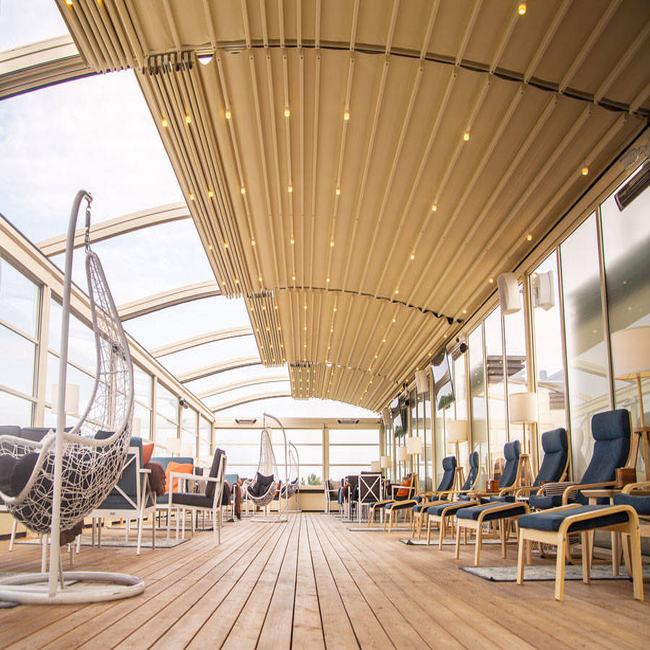Retractable roof systems are constructed using durable materials that can withstand various weather conditions.
Retractable Roof Systems
Retractable roof systems, also known as retractable roofs or retractable enclosures, are innovative architectural structures that provide flexible and adaptable solutions for controlling the exposure to outdoor elements in various environments. These systems are designed to provide a seamless transition between indoor and outdoor spaces, allowing for greater utilization of space and enhanced comfort.
The primary function of a retractable roof system is to offer protection against adverse weather conditions such as rain, wind, snow, and excessive sunlight, while still allowing natural light and fresh air to enter the covered area. They are commonly used in a wide range of settings, including sports stadiums, arenas, swimming pools, outdoor patios, restaurants, hotels, and commercial buildings.
The design of retractable roof systems varies depending on the specific requirements of the space and the desired functionality. They can be operated manually or electronically, offering different levels of control and automation. Manual systems typically involve a hand-crank mechanism or a pulley system, allowing users to open or close the roof manually. On the other hand, electronic systems are equipped with motors and remote controls, enabling effortless and convenient operation.
Retractable roof systems are constructed using durable materials that can withstand various weather conditions. The most commonly used materials include polycarbonate panels, laminated glass, aluminum frames, and fabric membranes. These materials provide excellent durability, resistance to UV radiation, and insulation properties, ensuring the longevity and energy efficiency of the system.
One of the significant advantages of retractable roof systems is their ability to transform an outdoor space into an indoor environment within seconds. This versatility allows businesses and homeowners to maximize the use of their outdoor areas throughout the year, regardless of the weather conditions. In sports stadiums, retractable roofs offer the flexibility to host events in open-air or enclosed environments, depending on the preferences of the organizers or the comfort of the spectators.
Retractable roof systems also contribute to energy conservation by reducing the need for artificial lighting and climate control systems. When the weather is pleasant, the roof can be opened, allowing natural light and ventilation to penetrate the space, thereby minimizing the reliance on electrical lighting and air conditioning. By harnessing natural resources, retractable roof systems promote sustainability and help lower energy consumption.
In addition to their functional benefits, retractable roof systems offer aesthetic appeal and can enhance the overall design of a building or outdoor area. They can be customized to complement the architectural style and aesthetic preferences of the structure, creating a visually appealing and cohesive look.
It's worth noting that the installation of retractable roof systems requires careful planning, engineering expertise, and compliance with local building regulations. Factors such as wind loads, snow loads, structural integrity, and safety considerations need to be taken into account during the design and installation process.
Overall, retractable roof systems provide a dynamic solution for creating adaptable and multi-functional spaces. They offer protection from the elements, optimize space utilization, conserve energy, and enhance the visual appeal of various environments, making them a popular choice for both commercial and residential applications.


